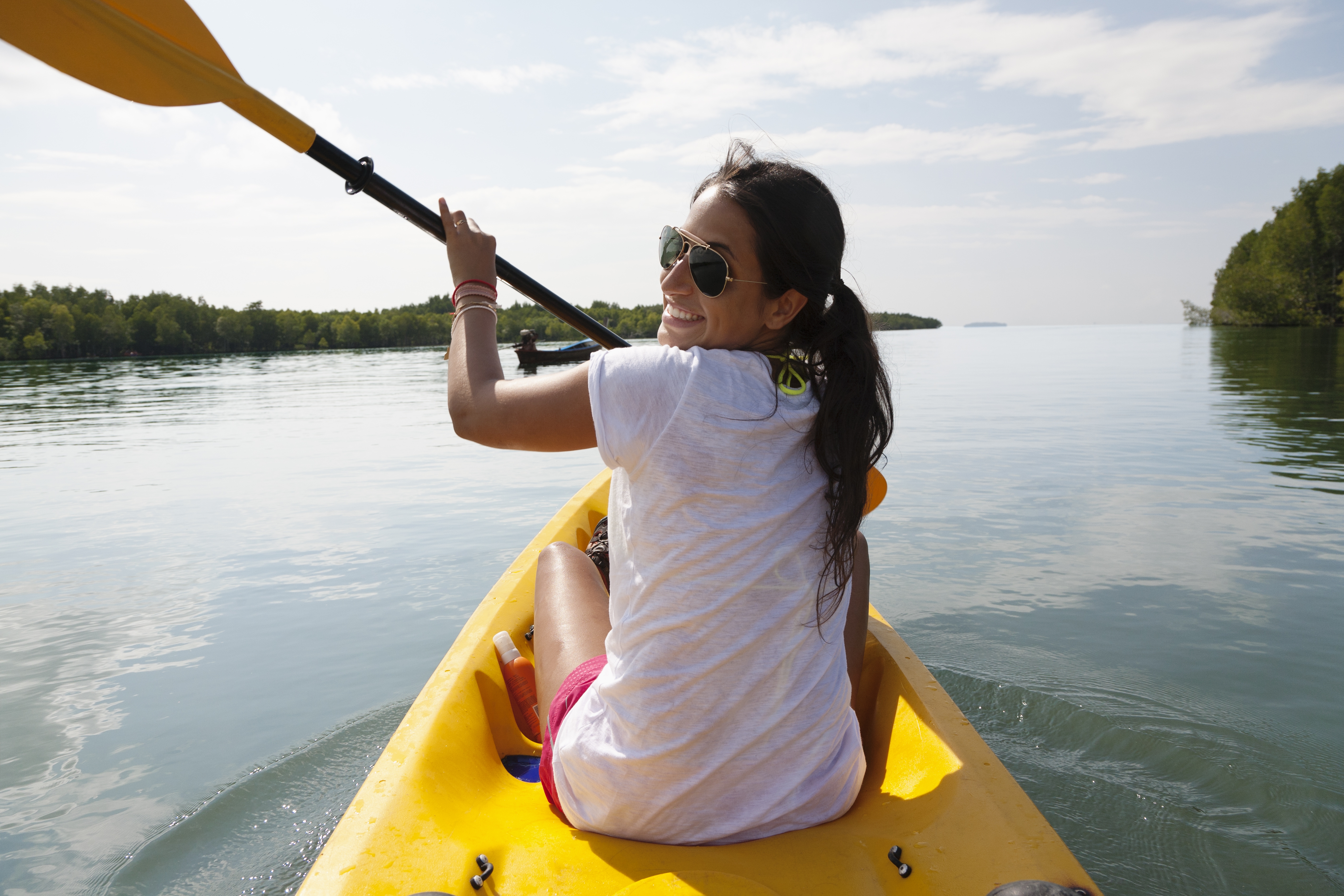Sun lenses
How to choose lenses for the best protection against UV rays
All surveys confirm that only 10% of the general public are aware of the harmful effects ultraviolet rays can have on the eyes. An observation made all the more worrying as longer holidays and more leisure time have increased the risks of extended exposure.
The differences between sun, photochromic and polarising lenses
Sun lenses
When light is visibly too strong it makes us blink and reach for our sunglasses. However, when the sky is thinly clouded, the light is not so strong and we blink less frequently. However, the eye can be exposed to considerably more UVB than in fine weather.
A tinted lens stops all visible rays and will prevent glare, but if it does not include a filter, it will not stop invisible UV rays, which can be harmful to the eyes. It is therefore important for this lens to also incorporate a total UV filter. Sunglasses featuring an adequate UV filter are the best way of protecting the eyes.

Polarising lenses
In addition to stopping all UV rays, these lenses block glare caused by light reflected from shiny surfaces. They significantly reduce reflections from flat surfaces such as water, ice or snow. This enables them to combine visual comfort and safety for all outdoor activities, whatever the light conditions may be.

Photochromic lenses
The many different activities of contemporary life - at work or at play, in town or in the country, in the mountains or on the beach - mean we are subjected to frequent and often sudden variations in light intensity. For example, when stepping outdoors on a bright day, passing through a succession of light and shaded areas or under contrasted skies. Perfectly adapted to these new demands, the latest generation of photochromic lenses provide the best solution to consumers' wants and needs. Their degree of tint automatically adapts to prevailing light conditions by means of photosensitive molecules incorporated into the lenses.
Choosing between sea or mountains
Being on the deck of a boat without any solar protection makes watersports extremely dangerous. Sunglasses remain the best way of guarding against ophthalmia and glare. Photochromic lenses now make it possible to go from the deck to the cabin without experiencing the slightest discomfort.
The filtering properties of the atmosphere are weakened by altitude, and the sun attacks those that are not adequately equipped to counteract this effect. For every 1,000 m gained in altitude, the proportion of ambient UV rays increases by 10%. Solar radiation is extremely strong in winter since snow reflects 80% of UV rays, whereas proportionately, the sea only reflects 20%.
It is therefore recommended to wear sunglasses that filter UV rays (category IV when in high mountains and category III when taking part in outdoor activities) with lenses that fully cover the eyes or frames with side shades to guard against reflected rays. It is also advisable to use preventive collyrium for light eyes that are more sensitive to UV rays due to their lower level of pigmentation.
Protection category stipulations
The European solar protection category standards have been designed to ensure wearers can rely on the safety and visual performance quality provided by sun lenses.